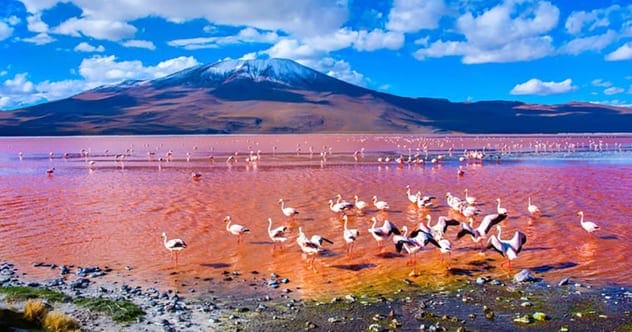Nature is full of surprises, but some events are so bizarre they seem straight out of a fantasy novel. From lakes turning flamingo pink overnight to earthquakes that boomerang, the natural world never ceases to amaze. Get ready to explore ten of the craziest things nature does on a massive scale!
10. A Crater Turned Pink Overnight
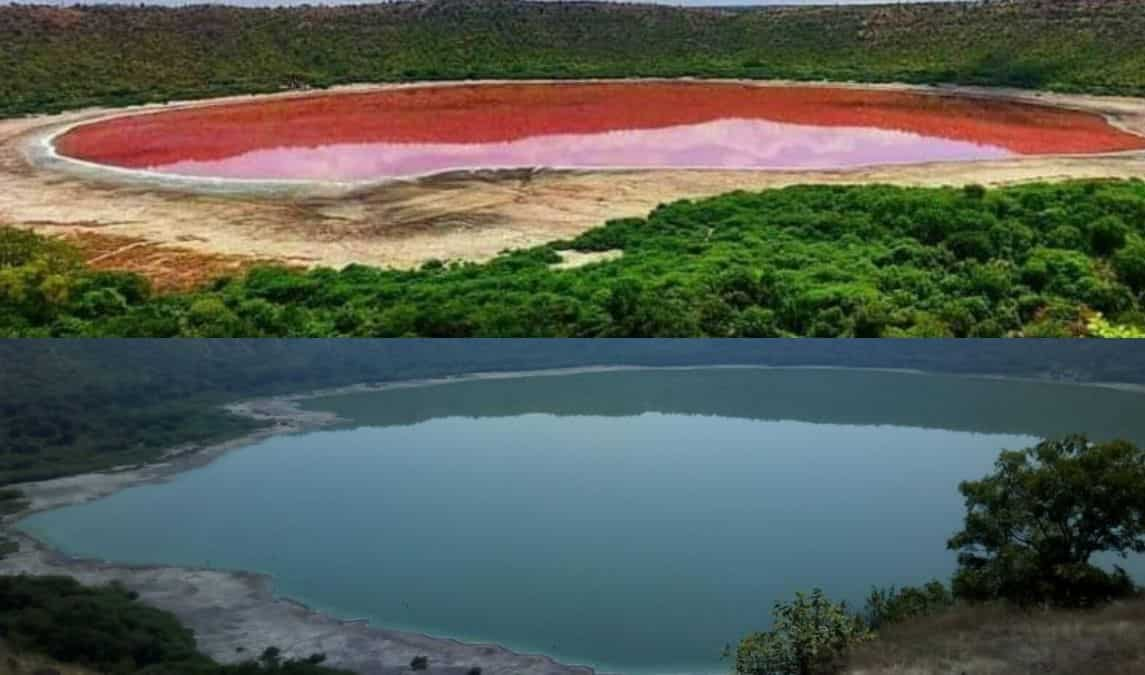
Lonar Lake in India, a crater formed by a meteorite 50,000 years ago, surprised everyone when its waters turned flamingo pink overnight in June 2020. This vivid transformation remains a mystery, but the leading theory suggests a combination of factors. Lower water levels increased the lake’s salinity, and hot days triggered an algae bloom, specifically a red-tinted algae that went into overdrive, causing the entire lake to blush.
9. Waterfalls Flowing In Reverse
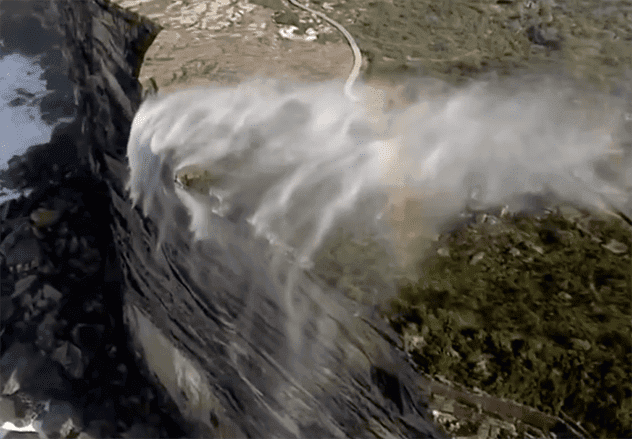
In another bizarre event of 2020, several waterfalls in Australia appeared to be flowing in reverse. While not entirely reversing, strong storm winds swept misty water back up and over the cliffs. Sydney and surrounding areas experienced storm conditions with winds howling at roughly 70 km/h (45 mph). This powerful gust was enough to overpower the falls, creating a stunning, albeit temporary, illusion. Once the weather calmed, the waterfalls resumed their normal flow.
8. The Red Sea Is A Natural Air Killer

The Red Sea, a crucial shipping lane between Africa and Arabia, faces significant air pollution. Industrial shipping and heavy fossil fuel usage contribute to the problem. However, in 2017, researchers discovered that the northern part of the Red Sea had 40 times more ethane and propane than expected, even after accounting for human-caused pollution. The conclusion? The Red Sea naturally releases these greenhouse gases from underwater reservoirs, making it a major source of air pollution.
7. The Godzilla Dust Plume

Each year, a cloud of sand known as the Saharan Air Layer (SAL) travels from the Sahara Desert over the Atlantic Ocean. In 2020, this plume was so massive scientists nicknamed it “Godzilla.” It was the largest SAL event in 20 years, packing up to 70 percent more sand and traveling an impressive 8,000 kilometers (5,000 miles) to reach the United States. Unlike typical plumes that dissipate over the ocean, Godzilla made its presence known across continents.
6. This Lightning Bolt Was Ridiculously Long
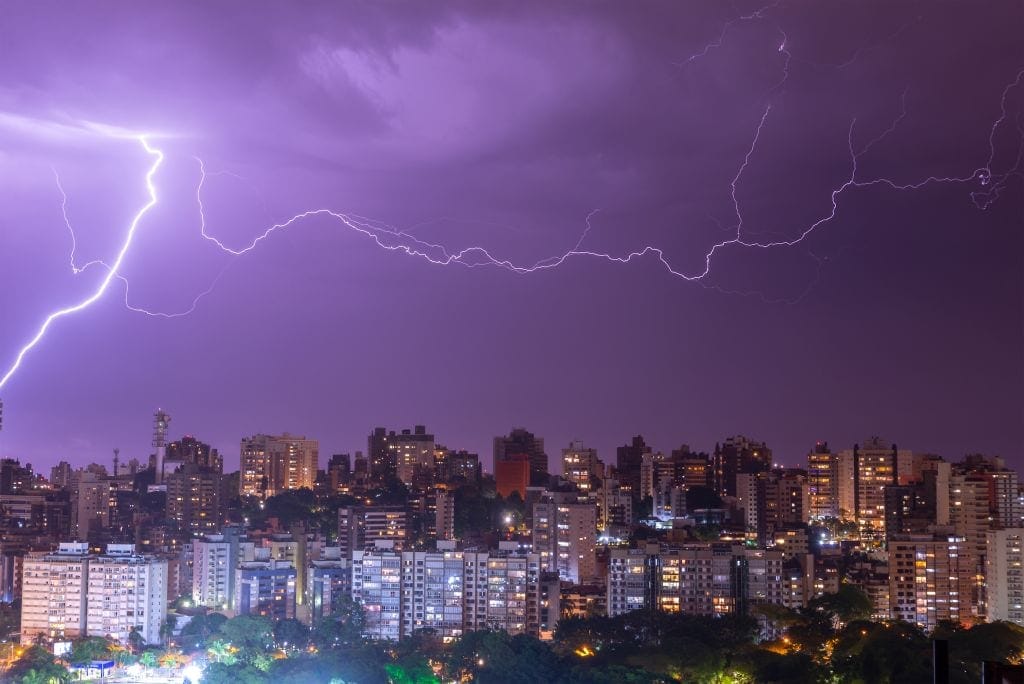
On Halloween night two years ago, a lightning bolt stretched an incredible 700 kilometers (440 miles) from the Atlantic coast of Brazil into Argentina. This mega-flash set a new world record, long enough to connect Chicago with Toronto or Washington, D.C., with Boston. Satellite technology confirmed the record, surpassing the previous champion over Oklahoma in 2007, which measured 320 kilometers (200 miles). Another bolt appeared over northern Argentina in 2019 and remained visible for 17 seconds.
5. Australia’s Coast Is Surrounded By Rivers
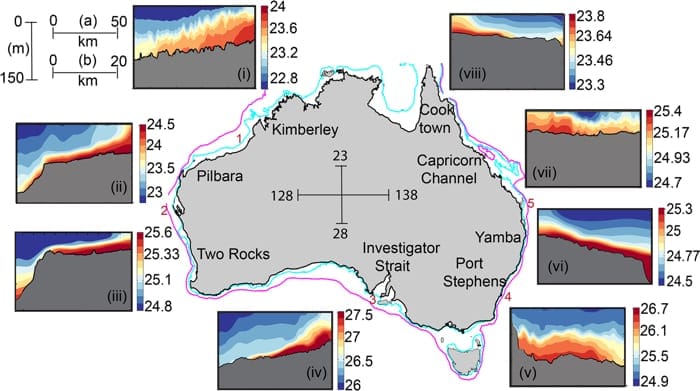
Australia is known for its unique ecosystems, but a 2020 discovery revealed something truly extraordinary: a network of underwater rivers spanning over 10,000 kilometers (6,200 miles) of coastline. These underwater rivers, formed due to differences in salt density, are denser and heavier than the surrounding ocean water. Their flow varies with the seasons, becoming stronger and sinking to the seafloor during winter, making this one of the most significant finds in oceanography.
4. Volcano F’s Stupendously Huge Rafts
Volcano F, an underwater volcano near Tonga, erupts every few years, releasing pumice rocks that create massive floating rafts. In 2019, the volcano ejected so much pumice that the floating rocks formed a raft the size of 20,000 football fields. This raft drifted across the ocean to Australia, and by 2020, trillions of these rocks washed up along 1,300 kilometers (807 miles) of coastline, carrying reef-building organisms to the Great Barrier Reef, providing a much-needed boost.
3. This Blip Is The Bane Of NASA
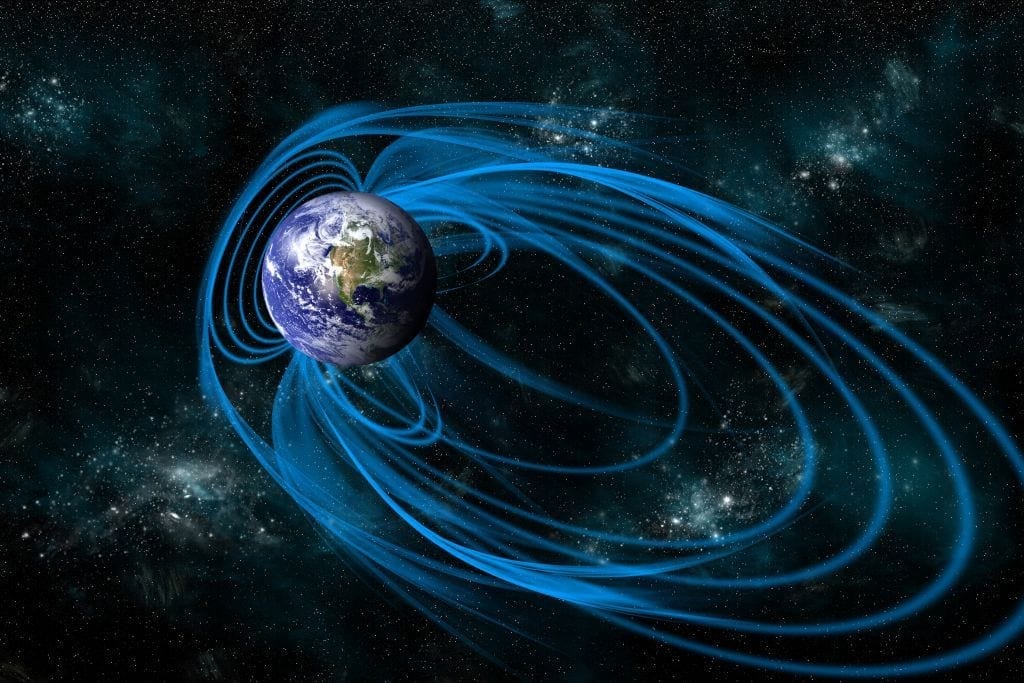
Earth’s magnetic field protects the planet from solar particles, but it has a weak spot called the South Atlantic Anomaly (SAA). Located over South America and the Southern Atlantic, the SAA allows solar particles to penetrate the atmosphere, disrupting technology. Space stations and satellites passing through this region risk data wipes or hardware damage. NASA often switches off satellites traveling through the SAA to protect them from the potential harm.
2. The Firefall Of Yosemite
During February, Yosemite National Park hosts a spectacular event at Horsetail Fall. For a few weeks, the waterfall transforms into a “firefall,” where orange lava appears to pour over the cliff. This optical illusion, lasting only about 10 minutes, is caused by the setting sun’s position. As the sun dips below a certain point, it illuminates the water in a way that mimics glowing lava, drawing tourists from far and wide.
1. An Earthquake That Boomeranged
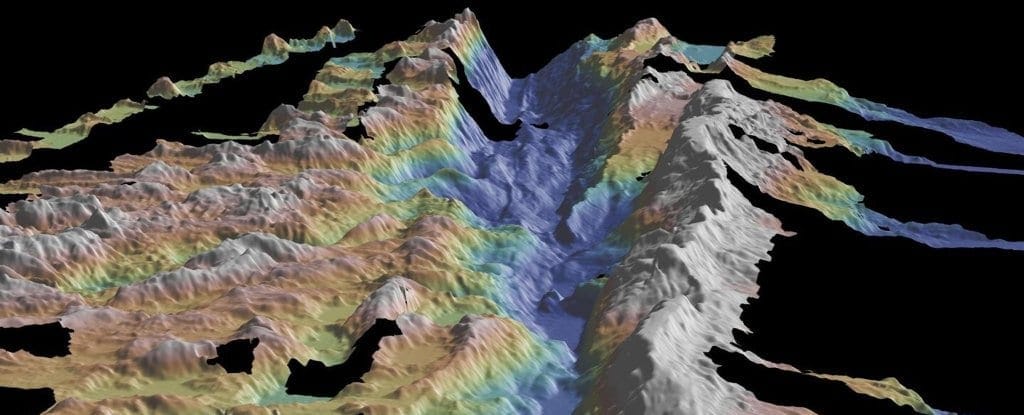
In August 2016, a unique earthquake occurred deep under the ocean: a boomerang earthquake. Analysis of undersea seismometer data revealed that this magnitude 7.1 quake, originating from the Romanche fracture zone near the equator, turned around and raced back towards the center of the fault at speeds up to 6 kilometers per second (3.7 miles per second). This was the world’s first confirmed boomerang earthquake, defying typical seismic behavior.
Nature continues to surprise us with its incredible power and strangeness. From pink lakes and reverse waterfalls to Godzilla-sized dust plumes and boomerang earthquakes, there’s always something new and awe-inspiring to discover. These events remind us of the dynamic and ever-changing nature of our planet.
What do you think about these crazy natural events? Share your thoughts and comments below!


